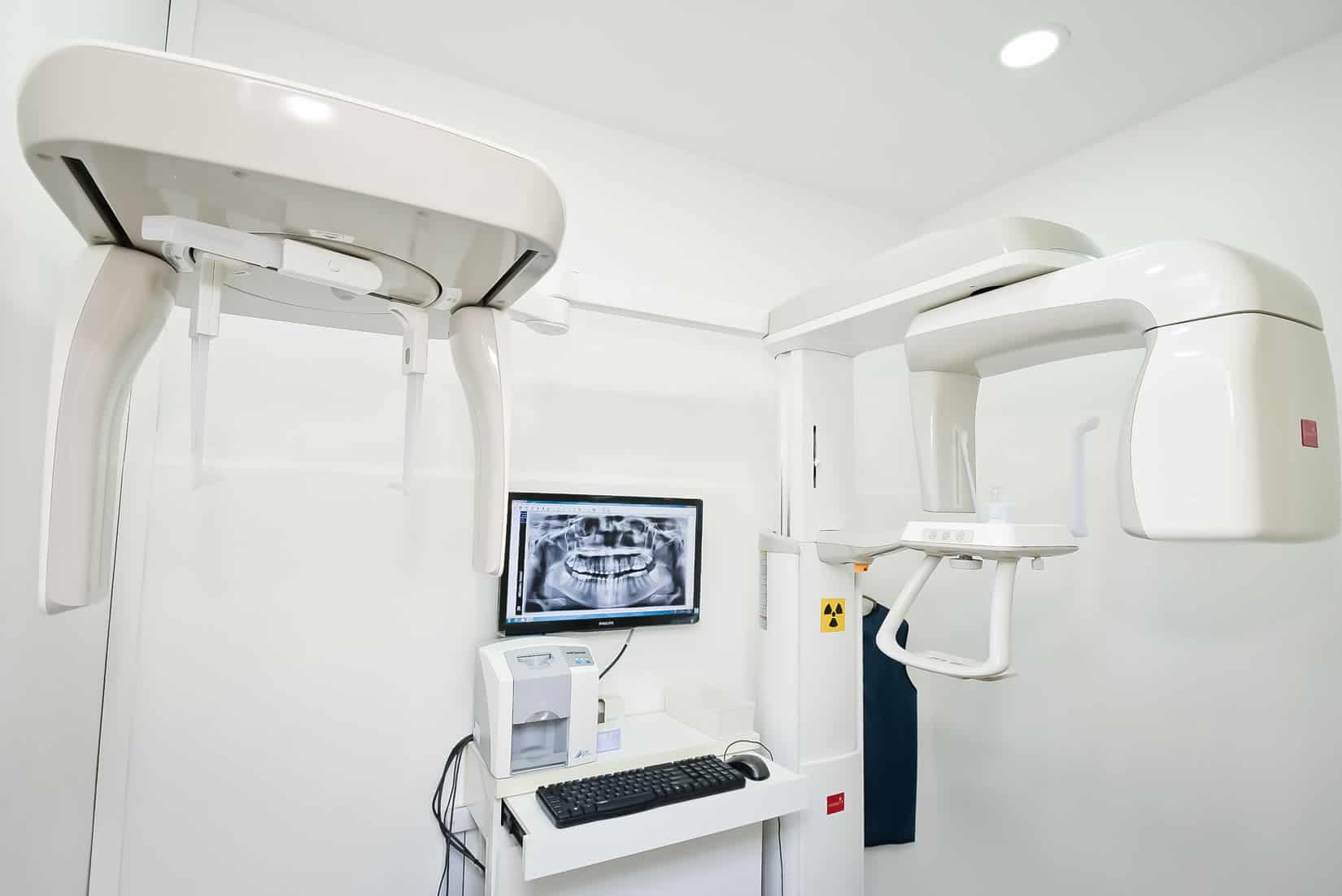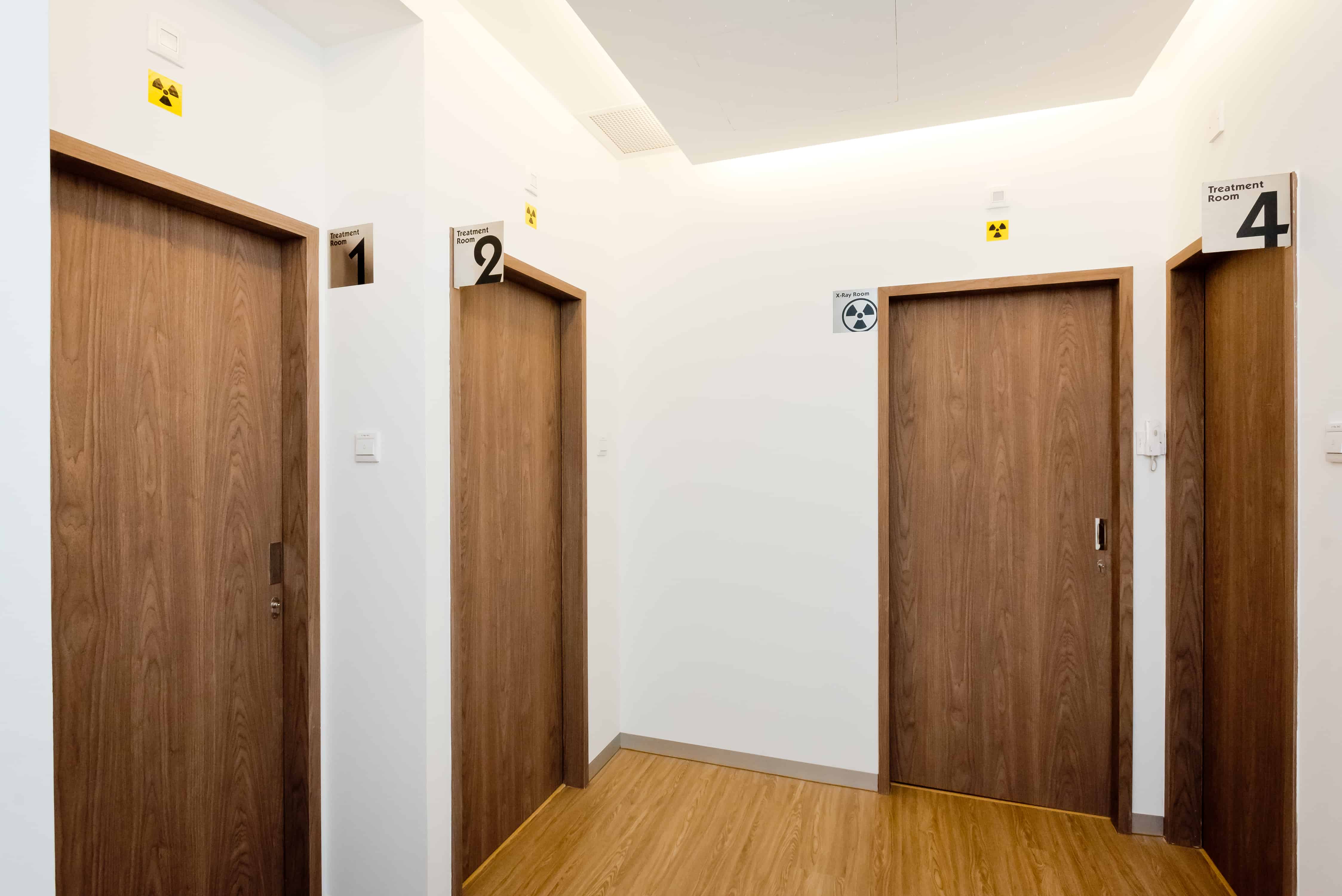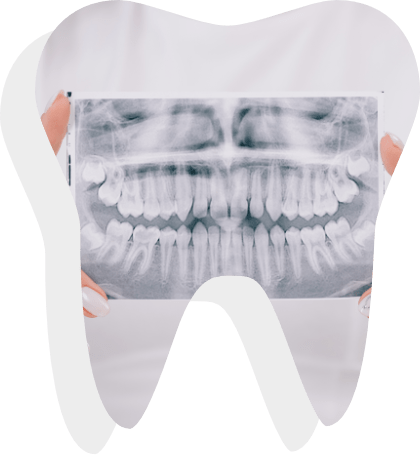When Is Dental X-Ray Required
We usually take dental x-rays when we want to:
- Investigate the cause of sensitivity or pain
- Monitor and check disease progression
- Screen for dental cavities
- Check supporting bone levels and abnormalities
- Locate the presence and positions of hidden teeth, commonly the wisdom teeth
- Check the status of teeth still developing in the jaw
- Study the tooth/teeth before or as part of a dental procedure such as root canal treatment
- Check the condition of previous dental treatment
- See the jaw bone and skull relationship to the teeth before Orthodontic treatment

What Can We See On Dental X-Rays
Dental X-Ray images reveal a lot of things that we cannot see with our naked eye. This gives us valuable information about your teeth, gums and jaw bone. It also allows us to identify any abnormalities or infections which may need attention. With this information, the dentist can then recommend a suitable treatment plan. You may then make a well informed decision about the treatment to proceed with.

Our Radiography Facilities

Our clinic is equipped with modern digital radiography equipment to provide the most diagnostic images while reducing radiation exposure. We also take the necessary precautions by using the appropriate lead shields as well as indicating x-rays only when it contributes to your treatment and well-being.
FAQs
The interval for dental X-Rays should be tailored to each individual’s oral health. If you have active gum disease or are prone to dental decay, it may be necessary for you to get a new X-Ray taken six monthly or annually. For majority of healthy individuals, we generally recommend new X-Rays once every two to three years.
With the usage of updated and modern X-Ray equipment, the amount of radiation exposure required to take dental X-Rays is extremely small. It is similar to the radiation we experience from plane rides, mobile phone usage and household appliances.
Despite this, we do not take matters lightly and we always practice the ALARA principle. ALARA stands for As Low As Reasonably Attainable. This means that we use the lowest dosage of radiation required for the type of X-Ray that we are taking and that we only take dental X-Rays when necessary.
The answer is yes, but only when absolutely necessary. Dental X-Rays are generally safe for pregnant women but we prefer to postpone them unless the benefit of taking the dental x-ray outweighs the potential risk it might pose. For example, we may need to take an X-Ray to check if there is any deep decay causing toothache or as part of a dental procedure that cannot wait until the pregnancy is over.

